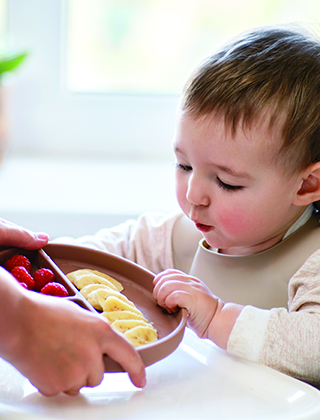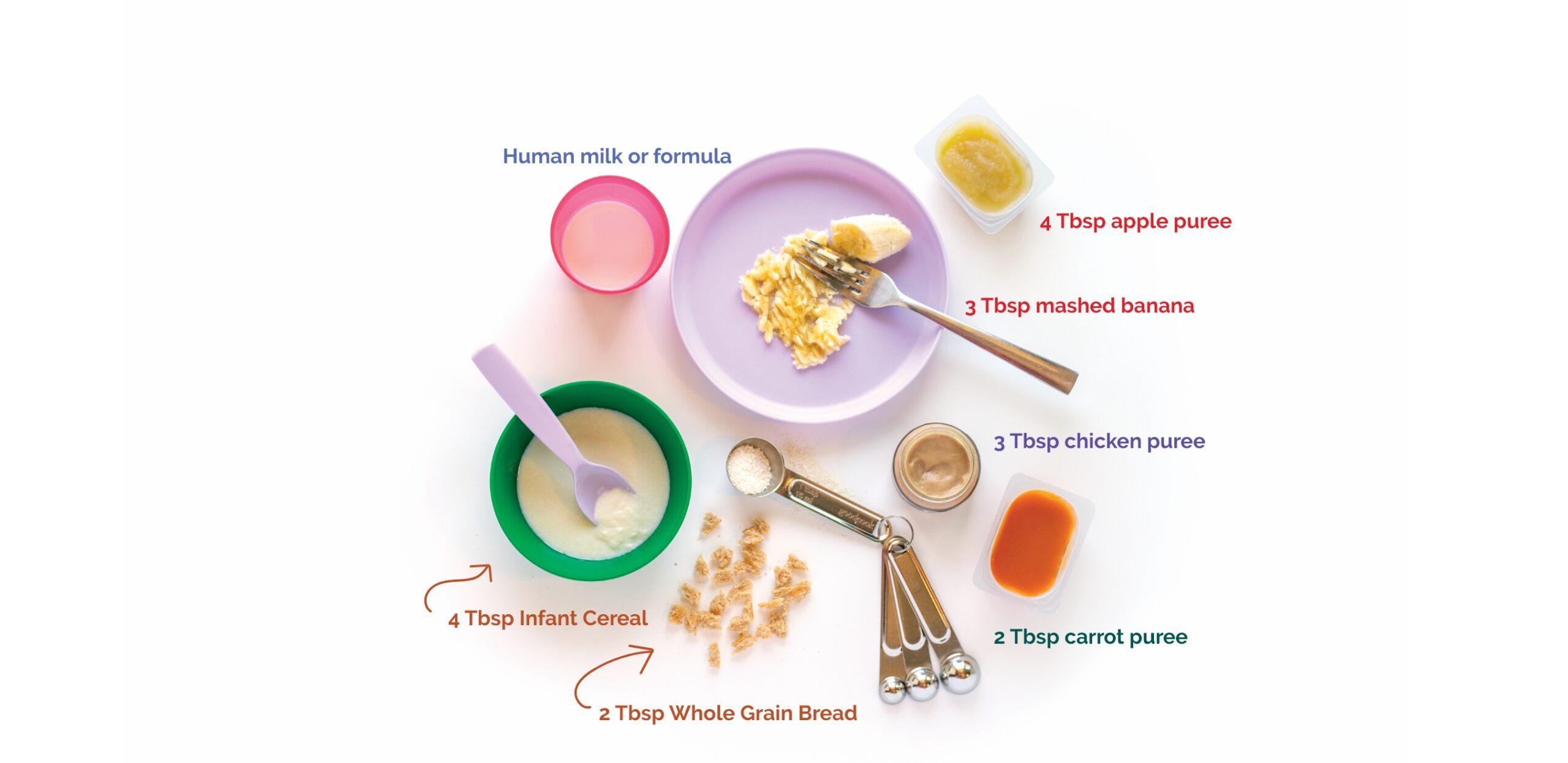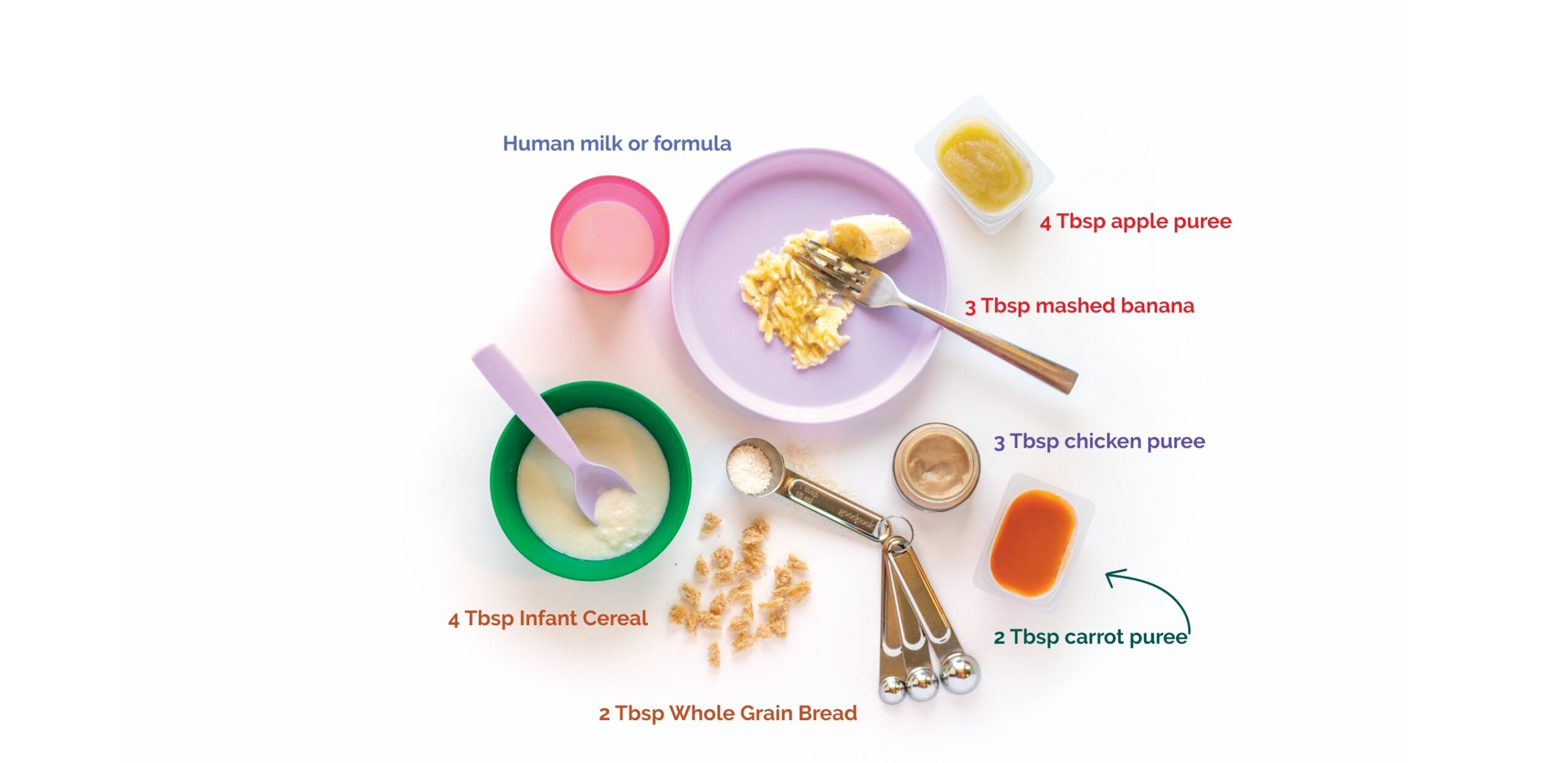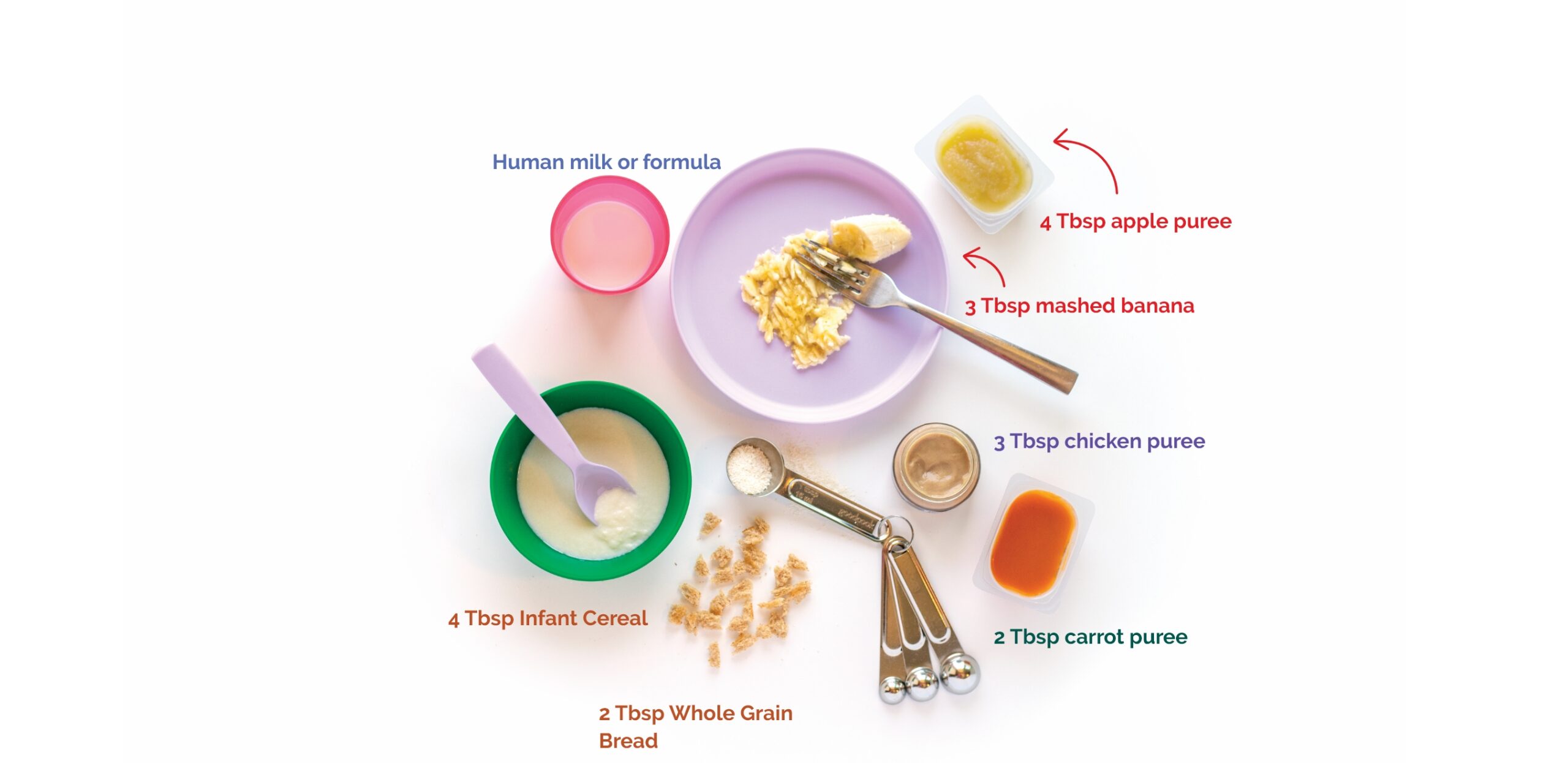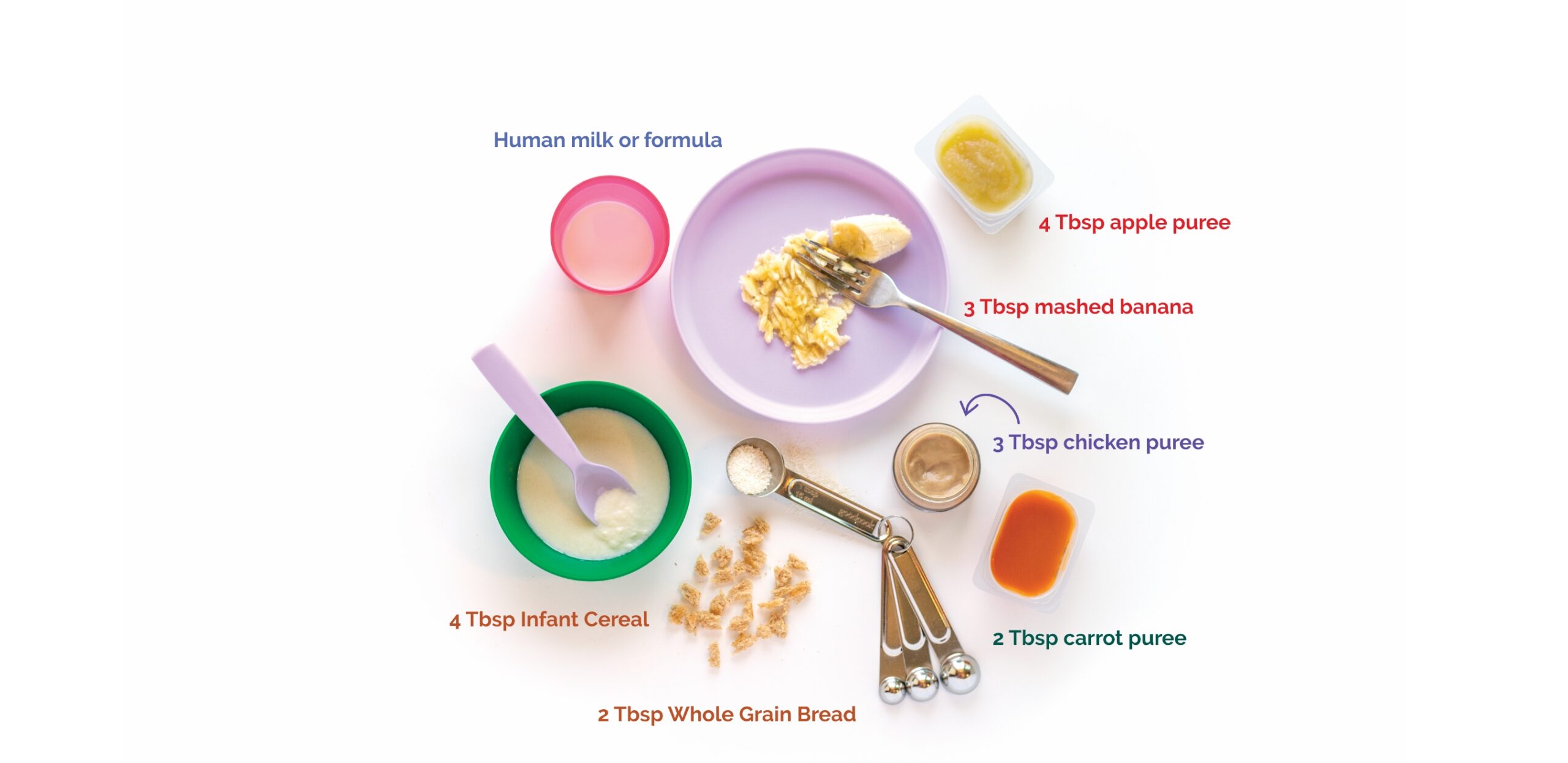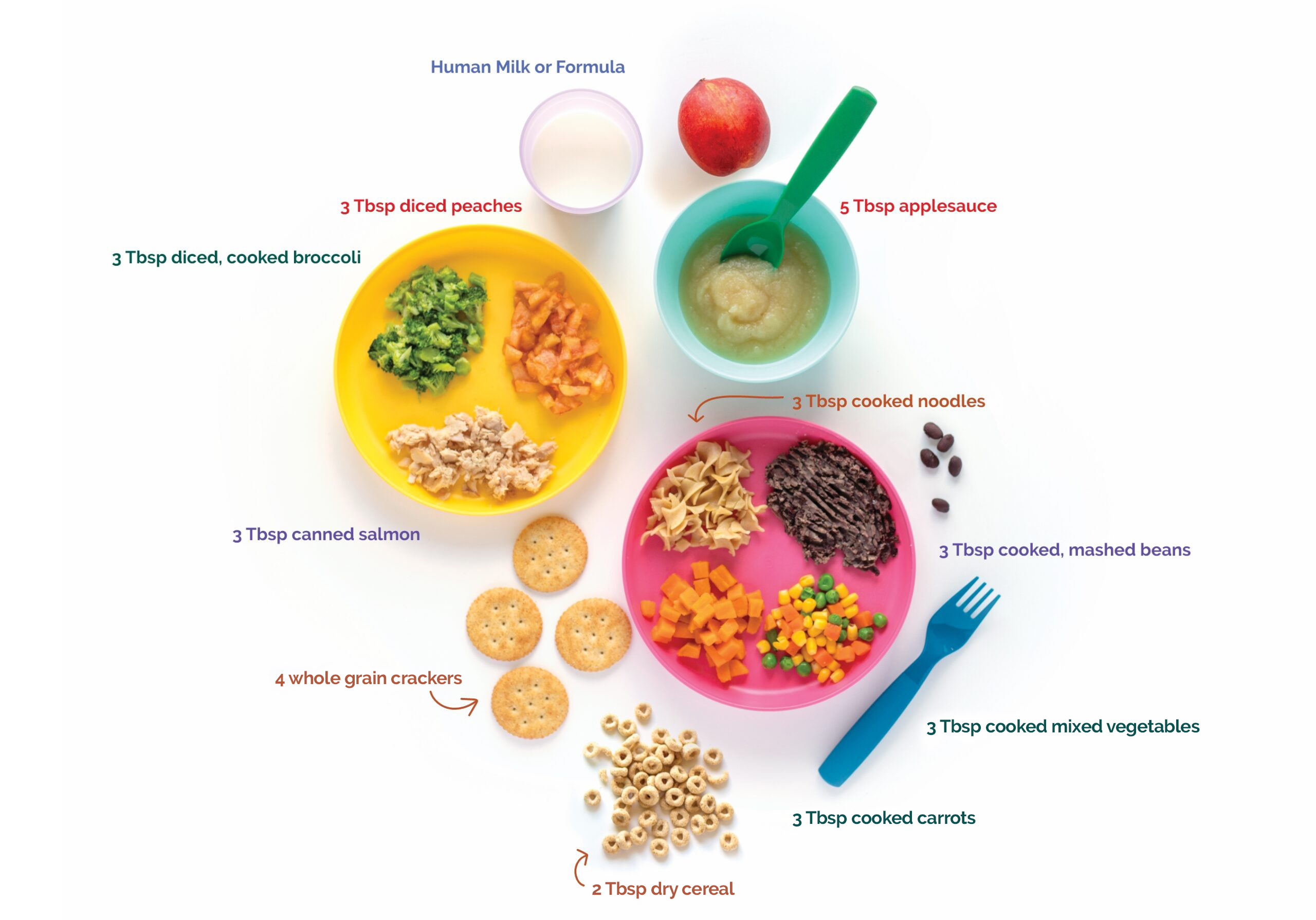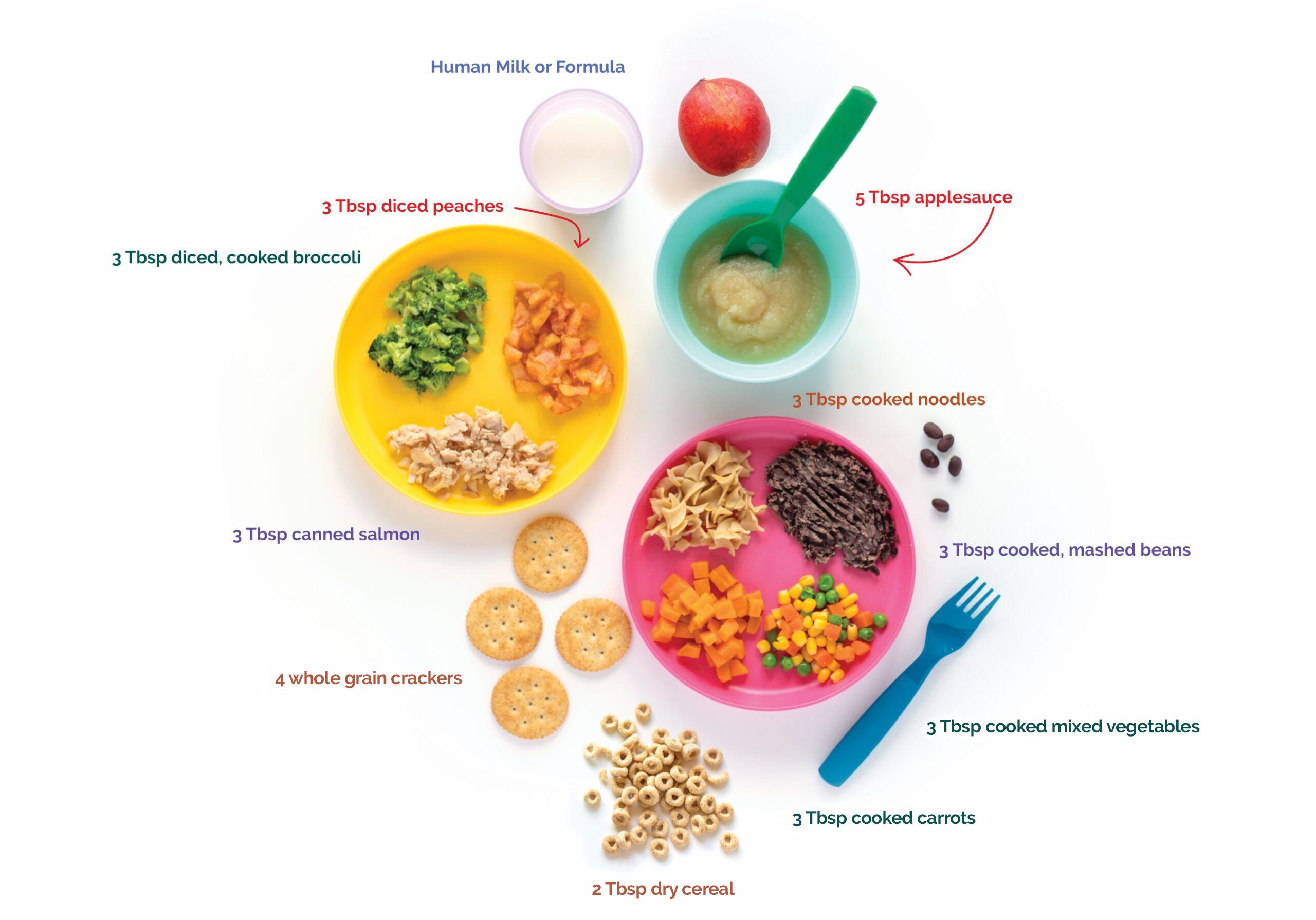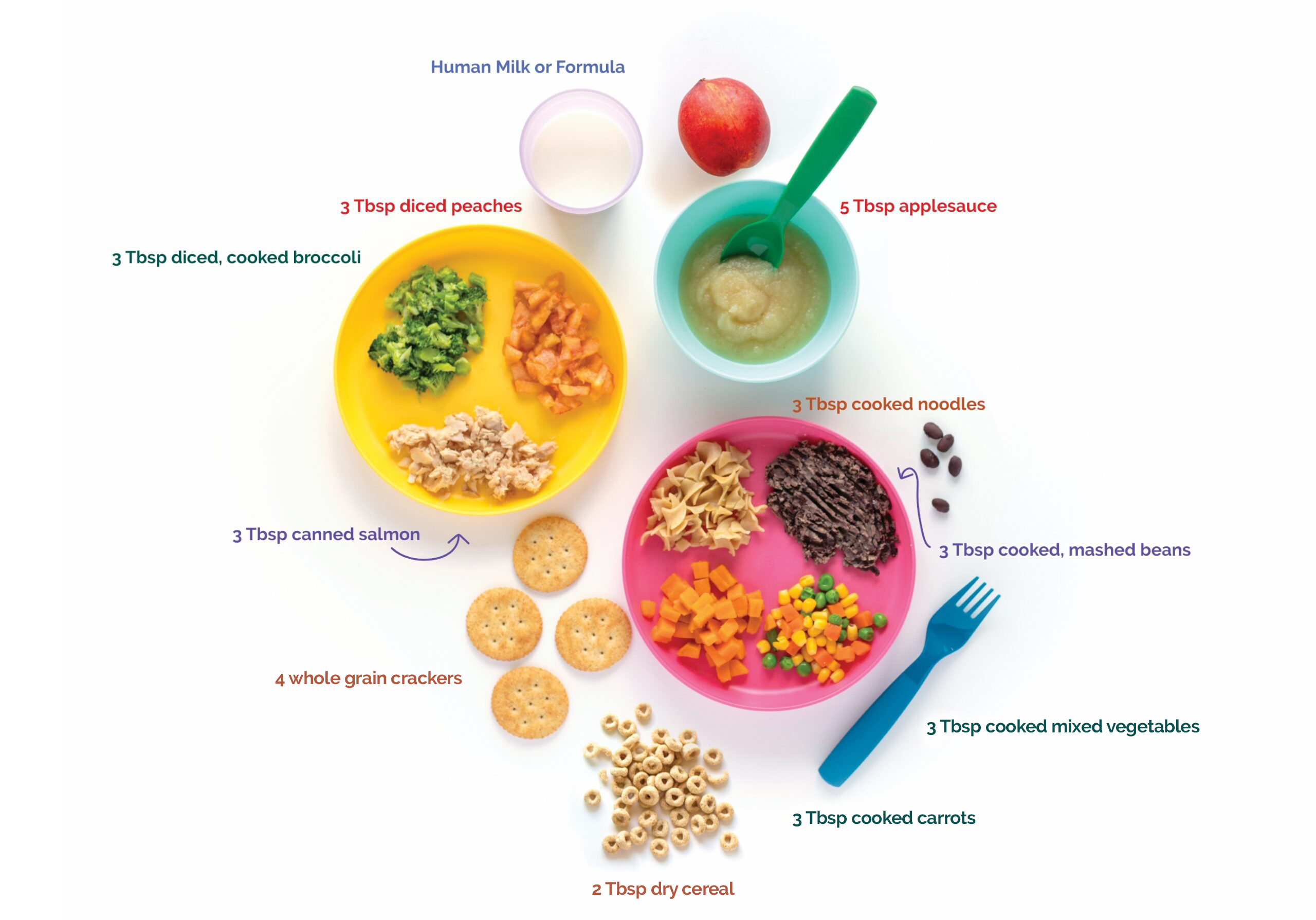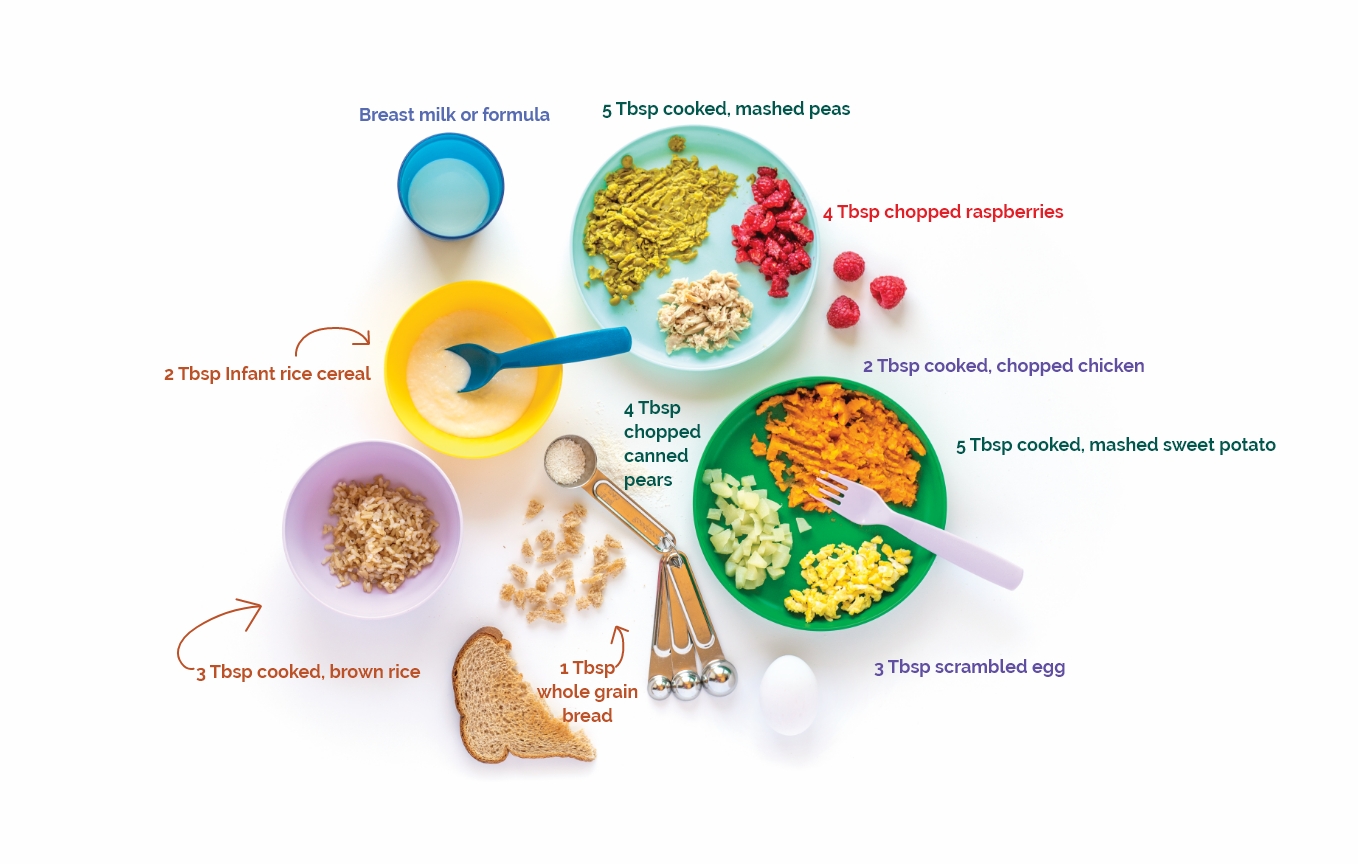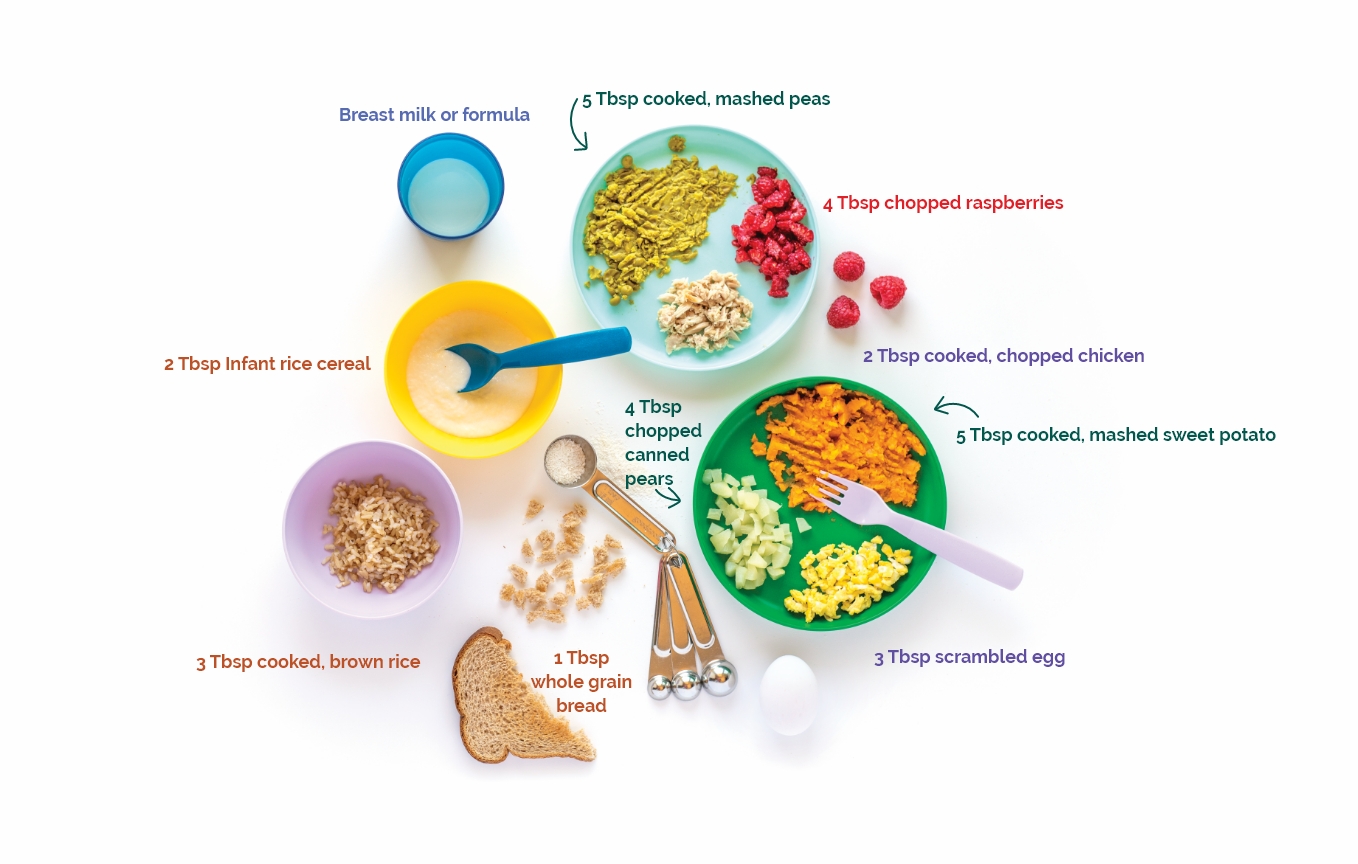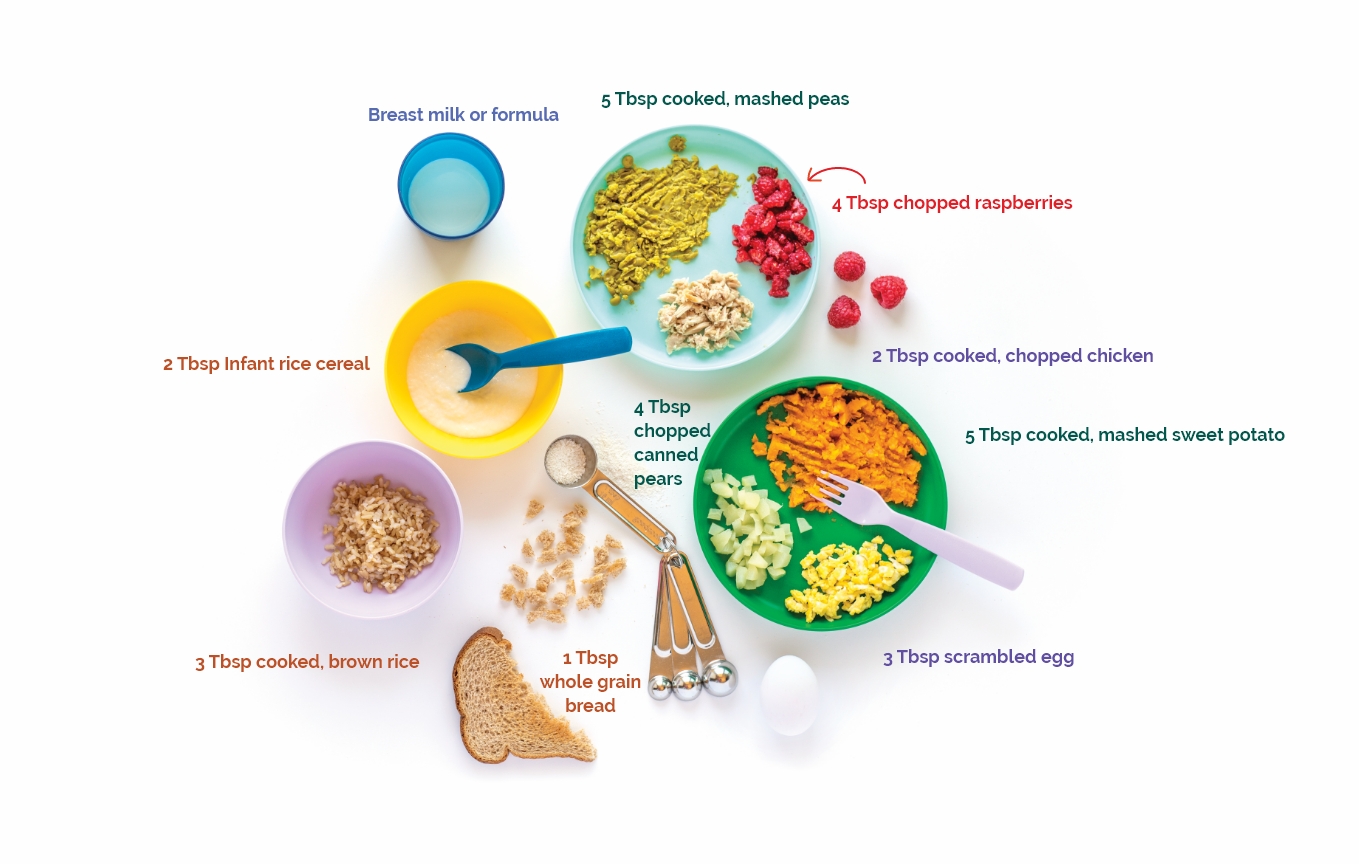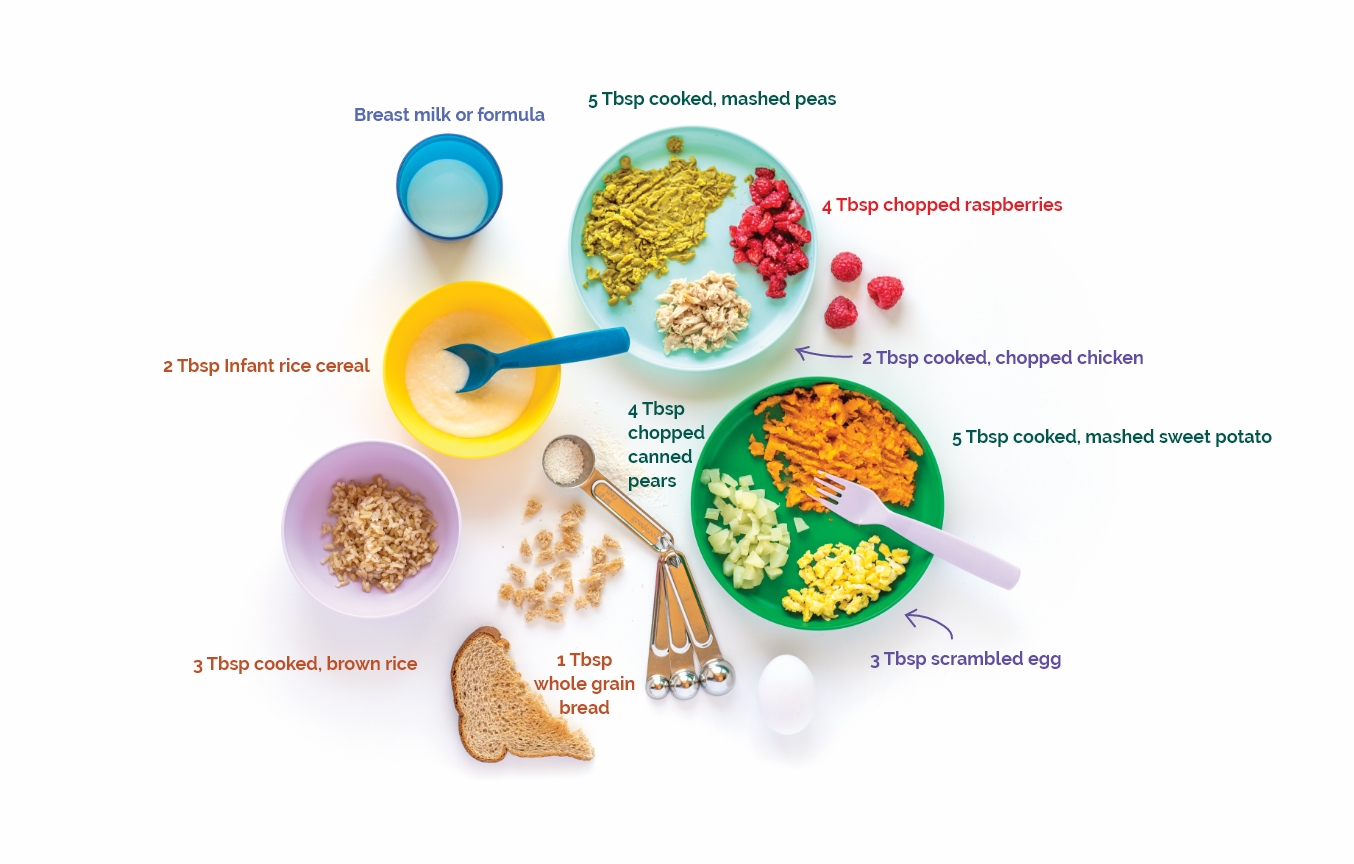With small children and the demands of work and daily life, there can be a lot of stress. Having a routine can go a long way to ease stress for you and your child. Not fighting over how much your child eats will make meals a time to connect and enjoy each other. Although Kimmy and Mika are different sizes, they can be fed the same way and grow up healthy and happy.
“I worry Kimmy will get fat, so I try to get her to not eat so much,” one mom confided. The next mom shared, “I let Mika watch TV when he eats so I can get a couple more bites in. He’s too skinny.” It’s natural to compare your child to others, but how can you know if your child is growing in a healthy way, and what can you do to support healthy growth?
Children come in all shapes and sizes. Unfortunately there is a lot of confusion about growth. If your child is bigger or smaller than average and has always been that way, that’s reassuring. Your child may be the smallest or biggest in their day care or playgroup and still be healthy. The numbers on a growth chart are not like a report card. It’s not better to be 75th% than 25th%, or the other way around.
However, if your child isn’t gaining or is losing weight, your doctor and nutrition expert will want to be sure there isn’t a medical problem. They’ll want to be sure that your child is getting a good balance of foods and activity — something that’s good for all kids! Your health care team will also want to take a closer look if your child is gaining weight quickly or their growth is suddenly different than usual.




